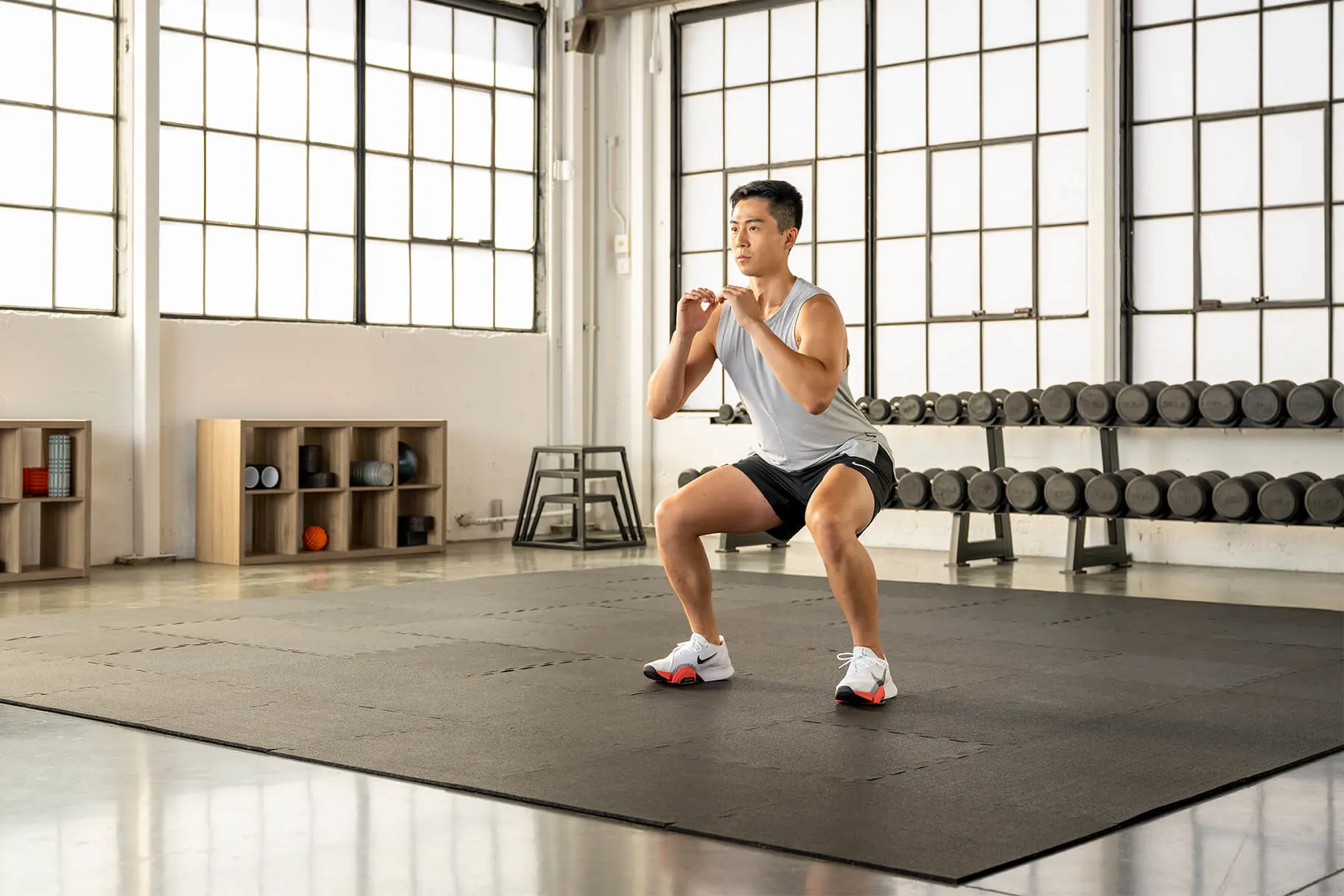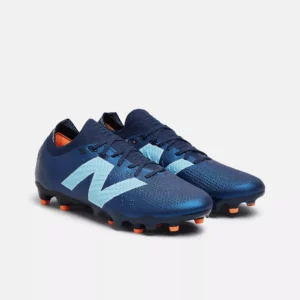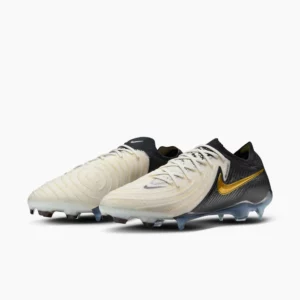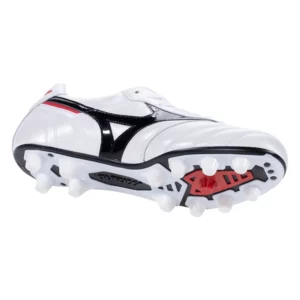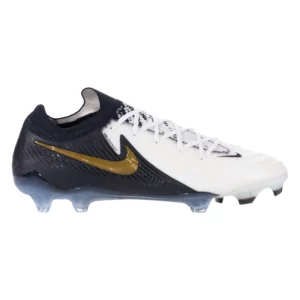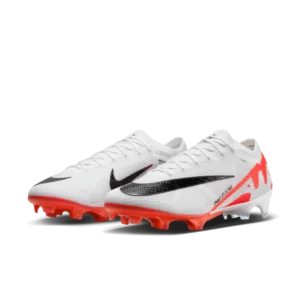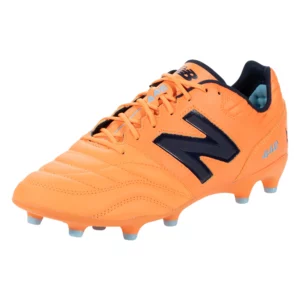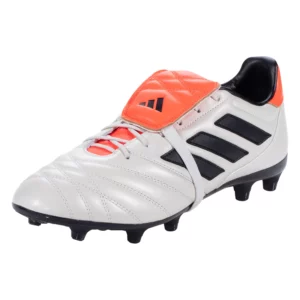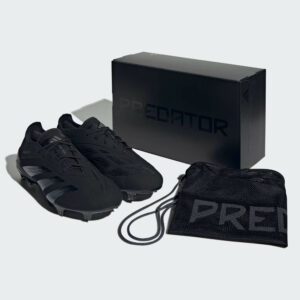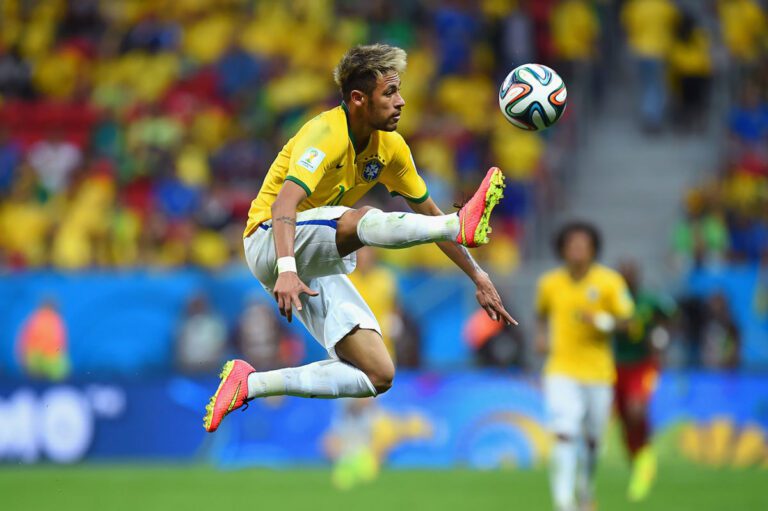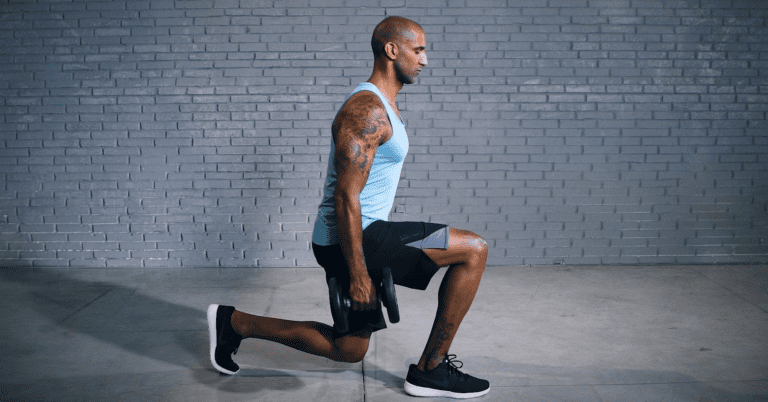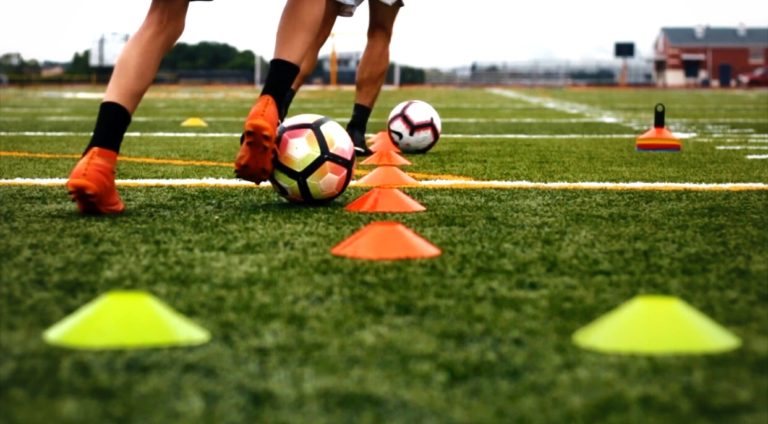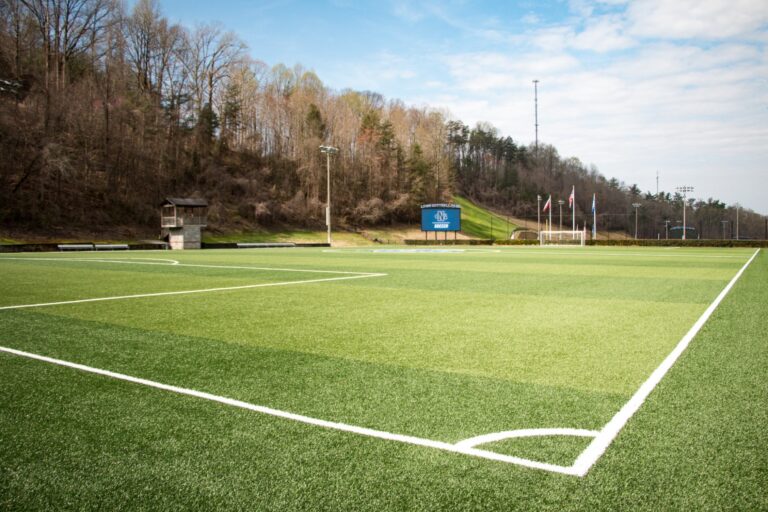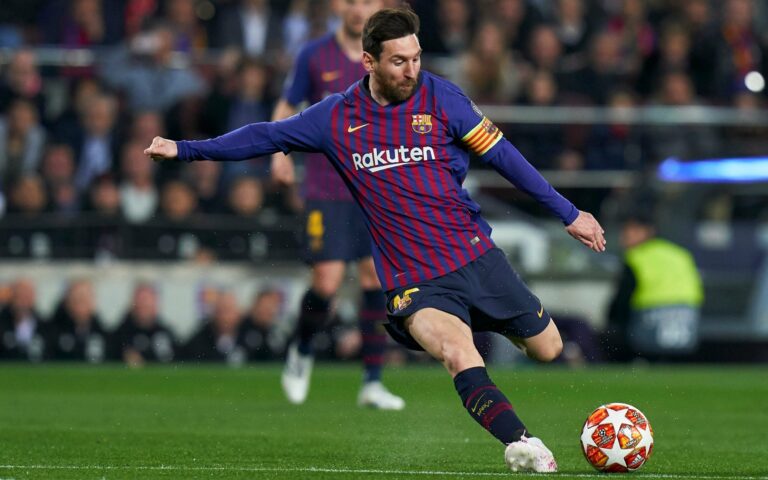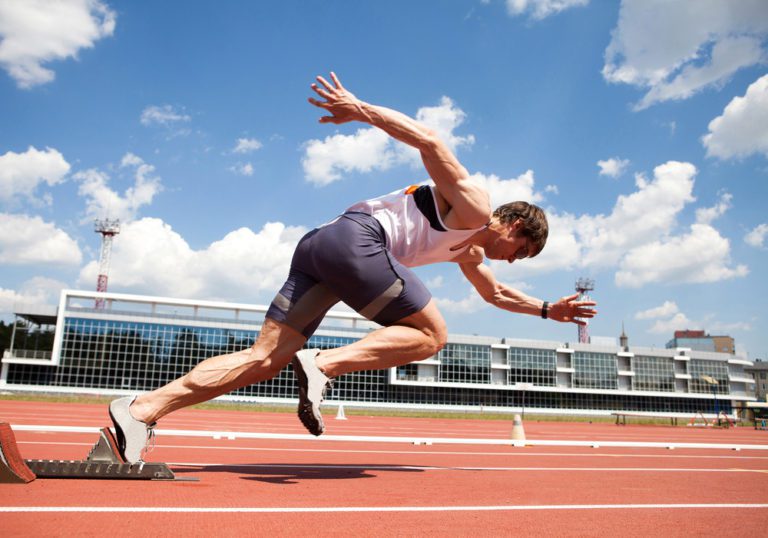Top 7 Football Workouts at Home
Just because you’re at home, doesn’t mean you can’t get in an amazing workout to help you on the pitch. There are countless bodyweight exercises that can help footballers target all of the muscles they need to up their game.
For footballers, it’s important to have both a strong core and lower body. These muscles can easily be targeted with simple plyometric and resistance exercises. In this article, I’ll be going through seven of the best football workouts you can do at home.
The best thing about these exercises is that they can be performed without any equipment. So no matter your situation, you should be able to incorporate these into your routine. If you’re looking for some other great exercise tips, check out the following articles:
- Best Leg Exercises for Footballers
- Best Plyometric Exercises for Footballers
- Best HIIT Workouts for Footballers
Now, let’s get into seven of the best football workouts to do at home!
Split Squats

Split squats are an amazingly simple exercise that you can do at home without any equipment. This is a unique exercise because it targets the muscles of each leg individually.
This is great for footballers, as we often develop strength imbalances due to favoring one leg over the other. Another great thing about the split squat is that it lengthens and strengthens your hip flexors. These small muscles are crucial for mobility.
To perform this exercise, start by lunging with one foot in front of the other. Then, slowly lower your body until your back leg is hovering just above the ground. Slowly stand back up while maintaining your balance. You should feel this exercise in the quads and glutes.
Jump Squats
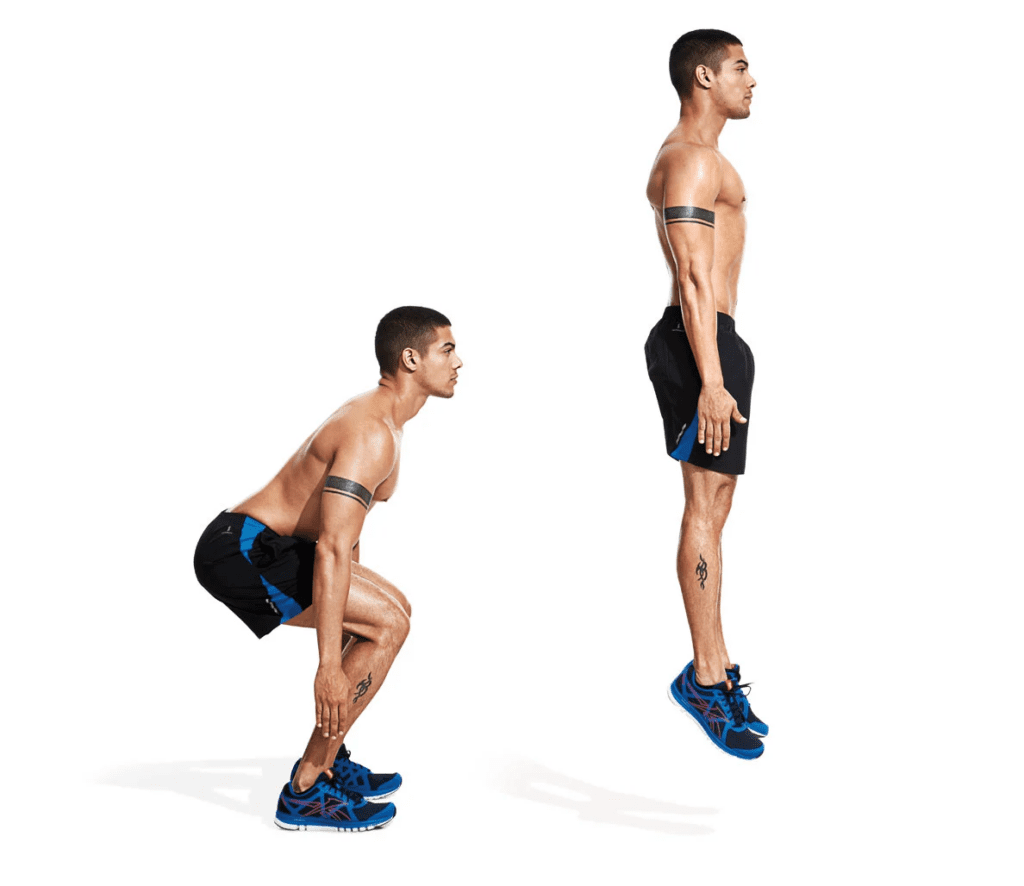
Squat jumps are a plyometric exercise, which means they involve the use of explosive movement. Squat jumps are also a simple drill to perform at home, as they require no additional weights.
Plyometric drills are great for footballers because they help prepare your body for the impacts of the game. They also train you to be more coordinated and explosive.
To perform a squat jump, stand with your feet about shoulder width apart. Then, perform a squat, going as low as your mobility allows you. As you reach the bottom of your squat, jump upwards, keeping your arms by your side to stay balanced.
Glute Bridge
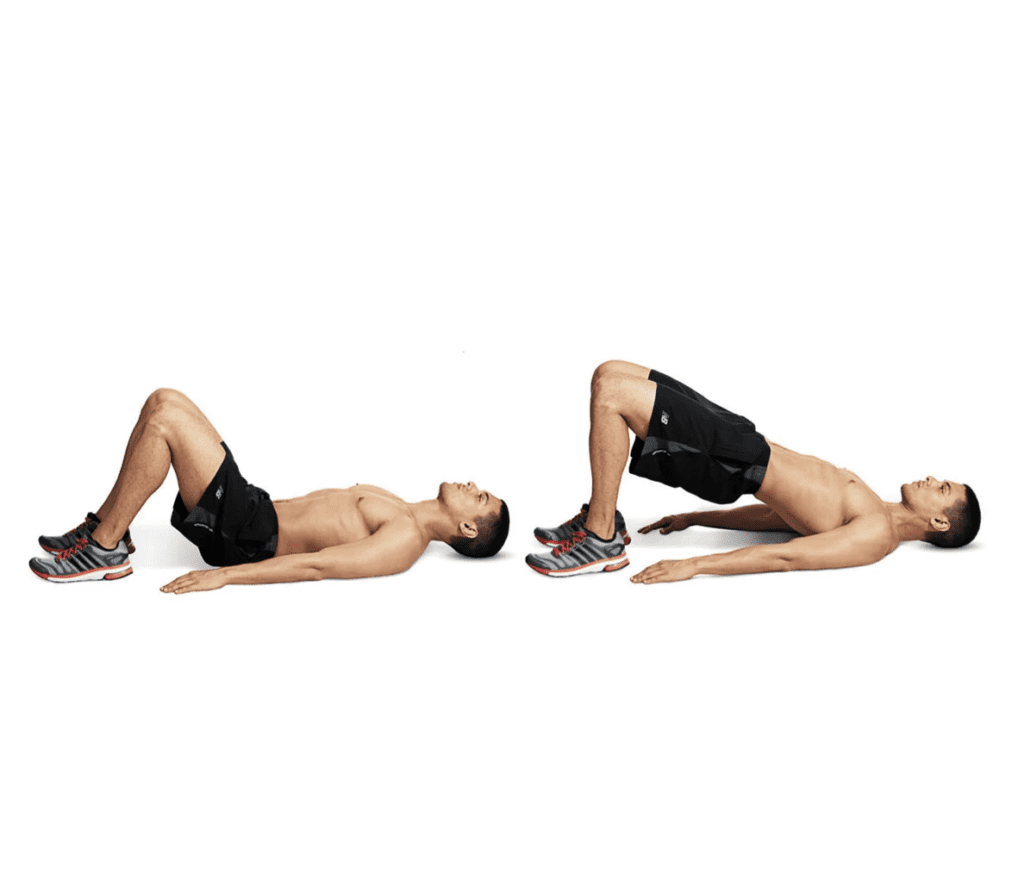
Now that we’ve covered two quad dominant movements, let’s move on to the glutes. One of the simplest exercises to help strengthen your glutes is by performing a bridge.
Your glutes are the largest muscle by mass in your entire body, so it’s crucial that they’re strong. They’re also responsible for generating a substantial amount of power when you’re sprinting on the field.
To perform a glute bridge, lay with your back flat on the ground and bring your knees towards you. With your hands by your side, press your feet into the ground and raise your hips into the air. Try to feel the muscles in your glutes activate and contract as you perform the exercise.
Tibialis Raise

Rounding out the muscles of the lower body, we have the tibialis. The tibialis is one of the most overlooked muscles for footballers, and it tends to be fairly weak. This smaller muscle sits just in front of your shins.
The tibialis is crucial for stabilizing your ankle joint as you sprint and jump. Weak tibialis muscles can often result in pain in the shins known as “Shin Splints”. Luckily, strengthening your tibialis is easy to do at home.
To perform a tibialis raise, start by leaning your back against the wall. Keep your legs straight, and lift your toes in the air. Perform 20-30 repetitions until you start to feel a burn in the front of your shins.
Push-Ups
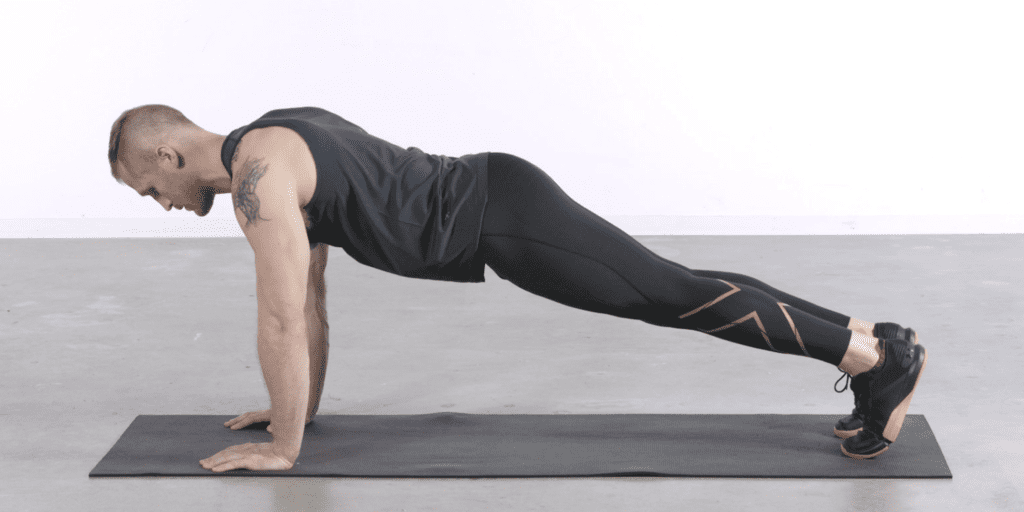
Push-Ups are one of the best exercises for building a foundation of upper body strength. They will focus on building up the triceps, chest, and shoulder muscles.
It’s important that footballers have a strong upper body, as these muscles will help with efficient energy transfer while sprinting and jumping. Push-Ups are a simple exercise that will allow you to train these muscle groups with your own bodyweight.
To perform a basic push-up, place your hands about shoulder width apart. Then, slowly lower your body by bending your elbows, making sure to keep them in line with your wrists. Once your chest is lowered to the floor, press back up to the starting position. If you’re looking to mix it up, you can also try out some more complex push-up variations.
Plank

Building up core strength is crucial for football. One of the simplest ways to help develop this strength is by performing planks.
Planks will help strengthen your abdominal muscles, glutes, and back muscles. These muscles are all necessary for maintaining your posture and stability on the field. Strengthening your core will also help prevent injuries caused by weak lower back and abdominal muscles.
To perform a plank, start by lying down straight while resting on your forearms. Keep your legs straight without arching your back. Then, tuck in your pelvis to really activate your abdominal muscles. Try to stay in this position for one to two minutes.
Leg Raises
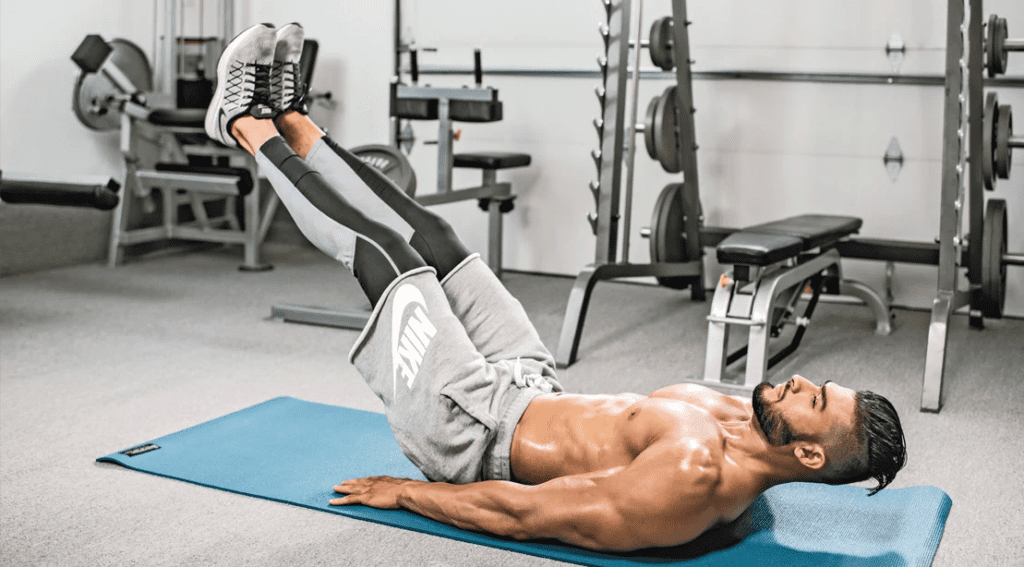
Leg raises are another great core exercise to add into your routine. Whereas planks are a static isometric exercise, leg raises will talk your abs through their entire range of motion.
Additionally, leg raises will help strengthen your hip flexors. Developing these smaller muscles will help you improve your sprint speed and overall athleticism. Hip flexors are also a common source of injury for players, so it’s important to train them.
To perform a leg raise, start by lying flat on your back. Slowly raise your legs up to about a 60 degree angle, before lowering them back down. Try to avoid letting your feet touch the ground between each rep in order to create more tension on your core.
- Most Comfortable Football Boots of 2024
- Nike Phantom GX 2 vs Adidas Predator Elite
- Puma Future 7 Pro – Review
- Mizuno Morelia 2 Elite Review
- Nike Phantom GX 2 Elite Review
- Width Matters: Choosing the Right Football Boots for Your Feet
- Nike Premier 3 vs Copa Gloro vs NB 442 V2 Pro
- The Best Value Adidas Boot – Copa Gloro Review
- Best Predator Ever? – Predator Elite Review
